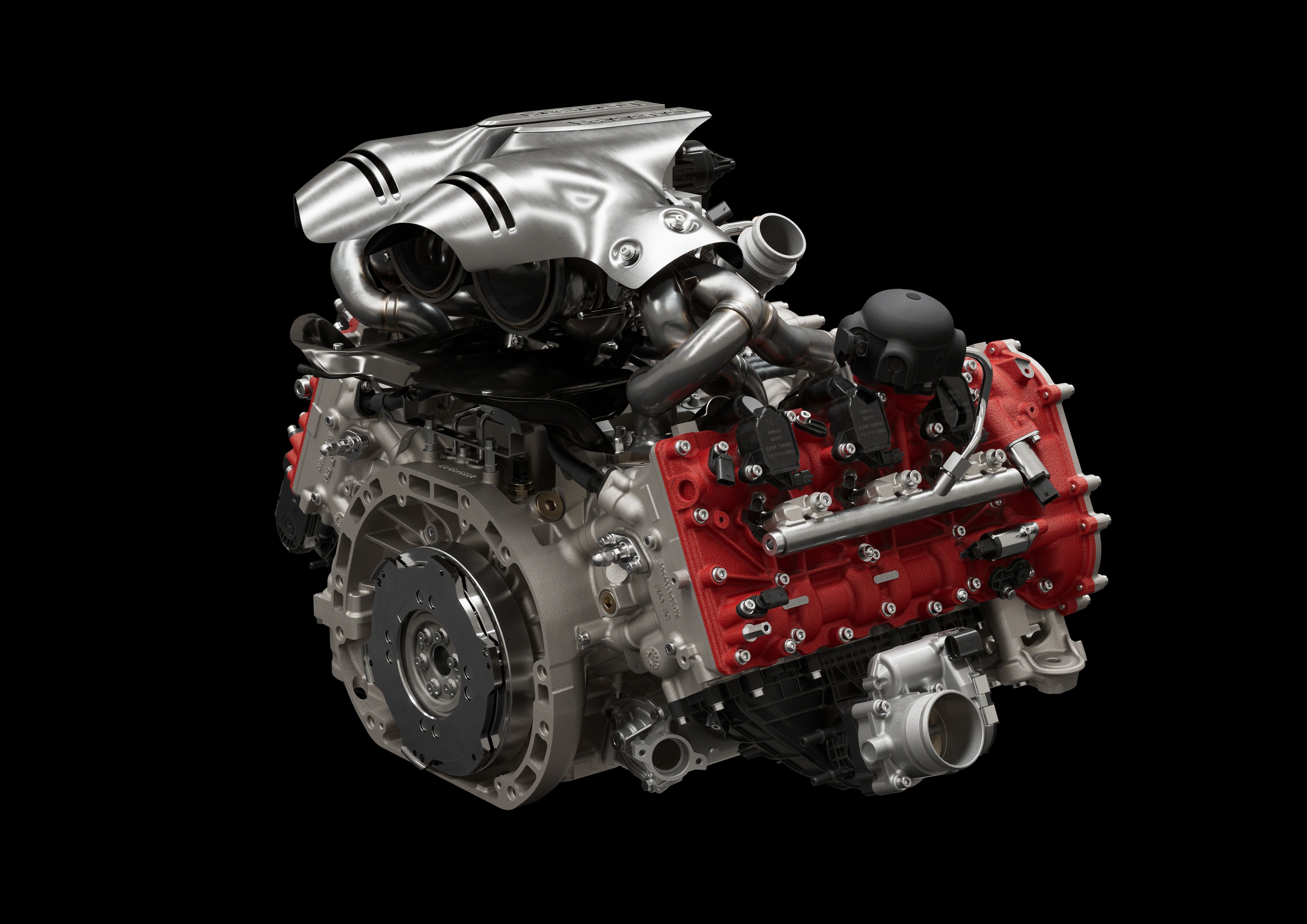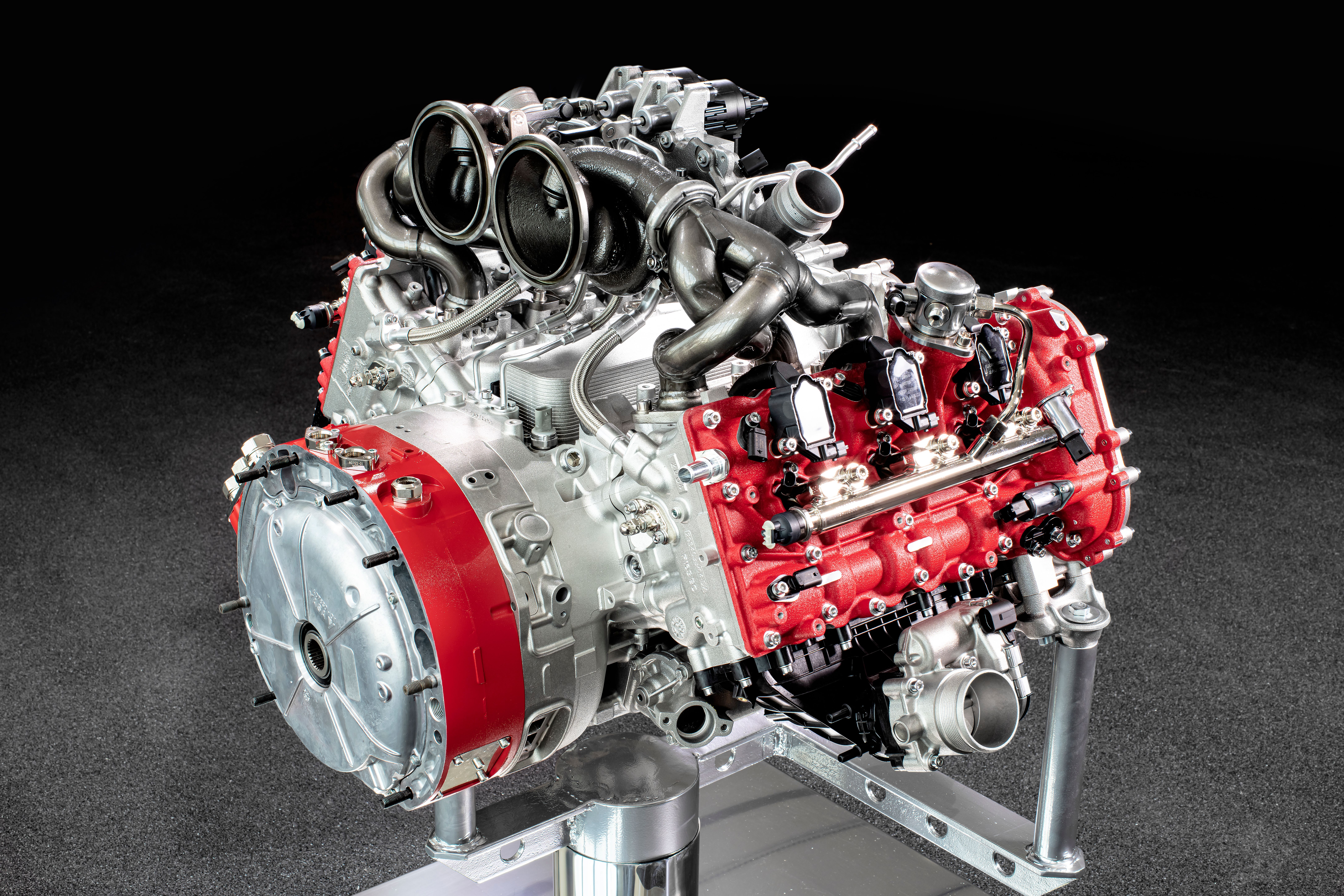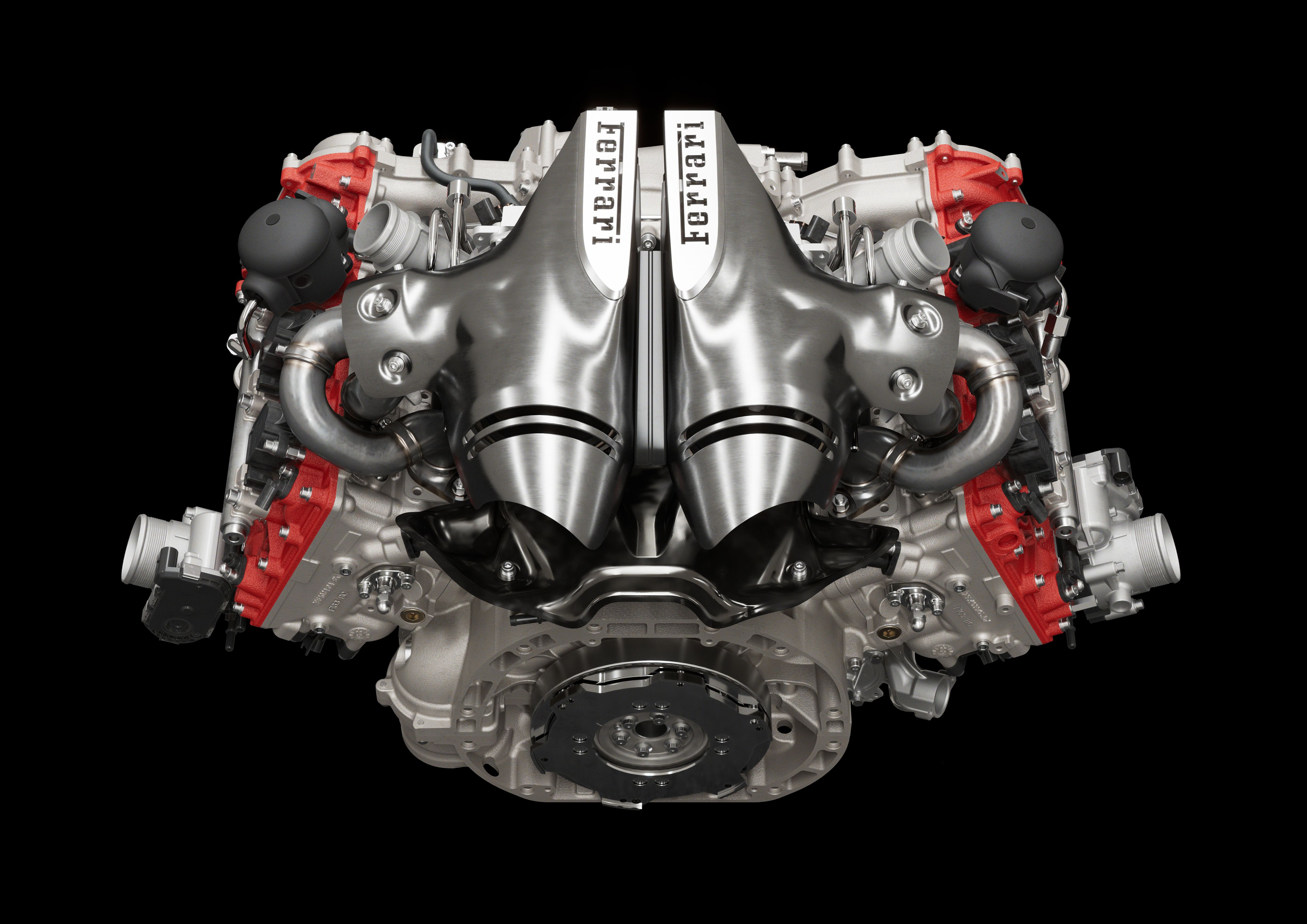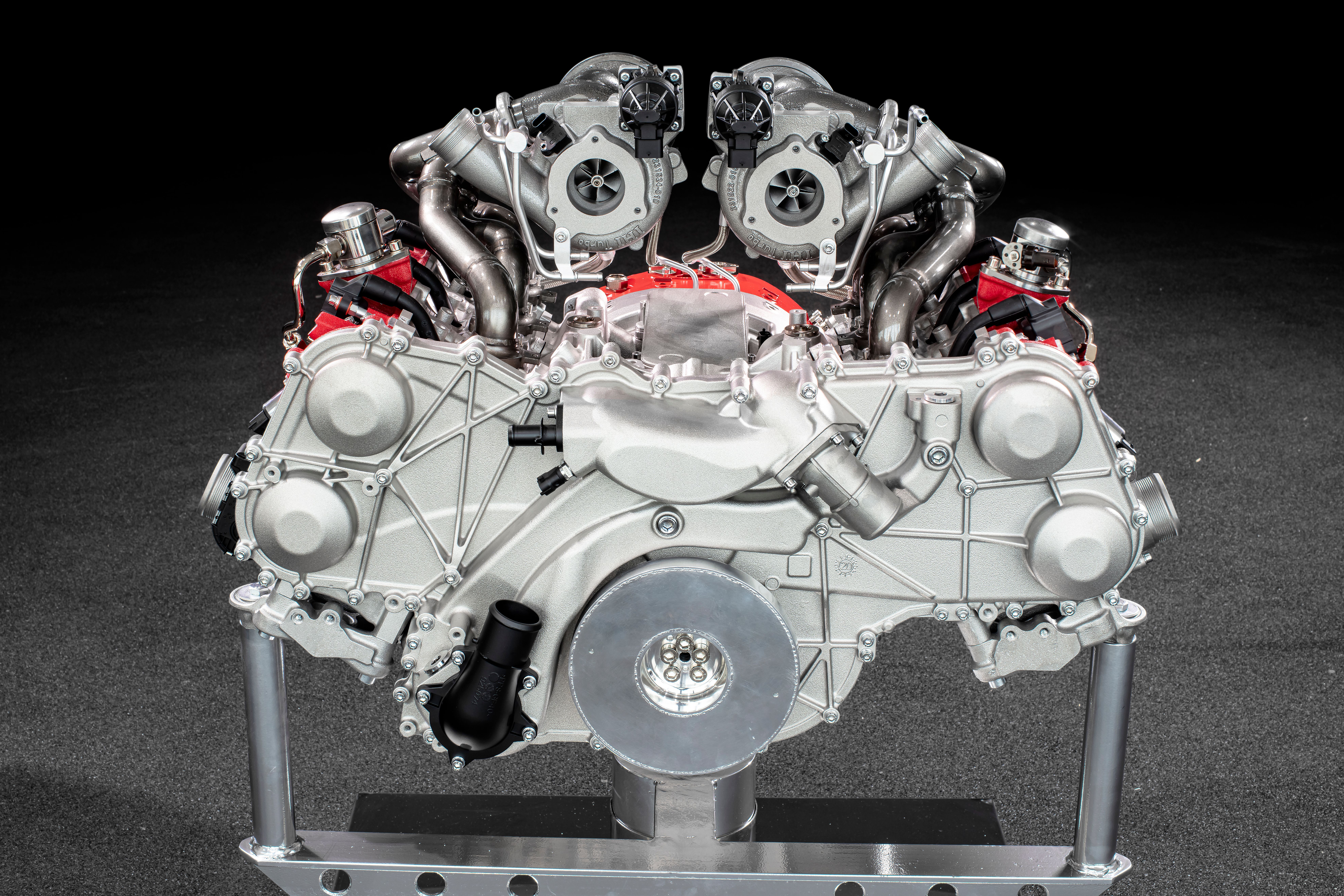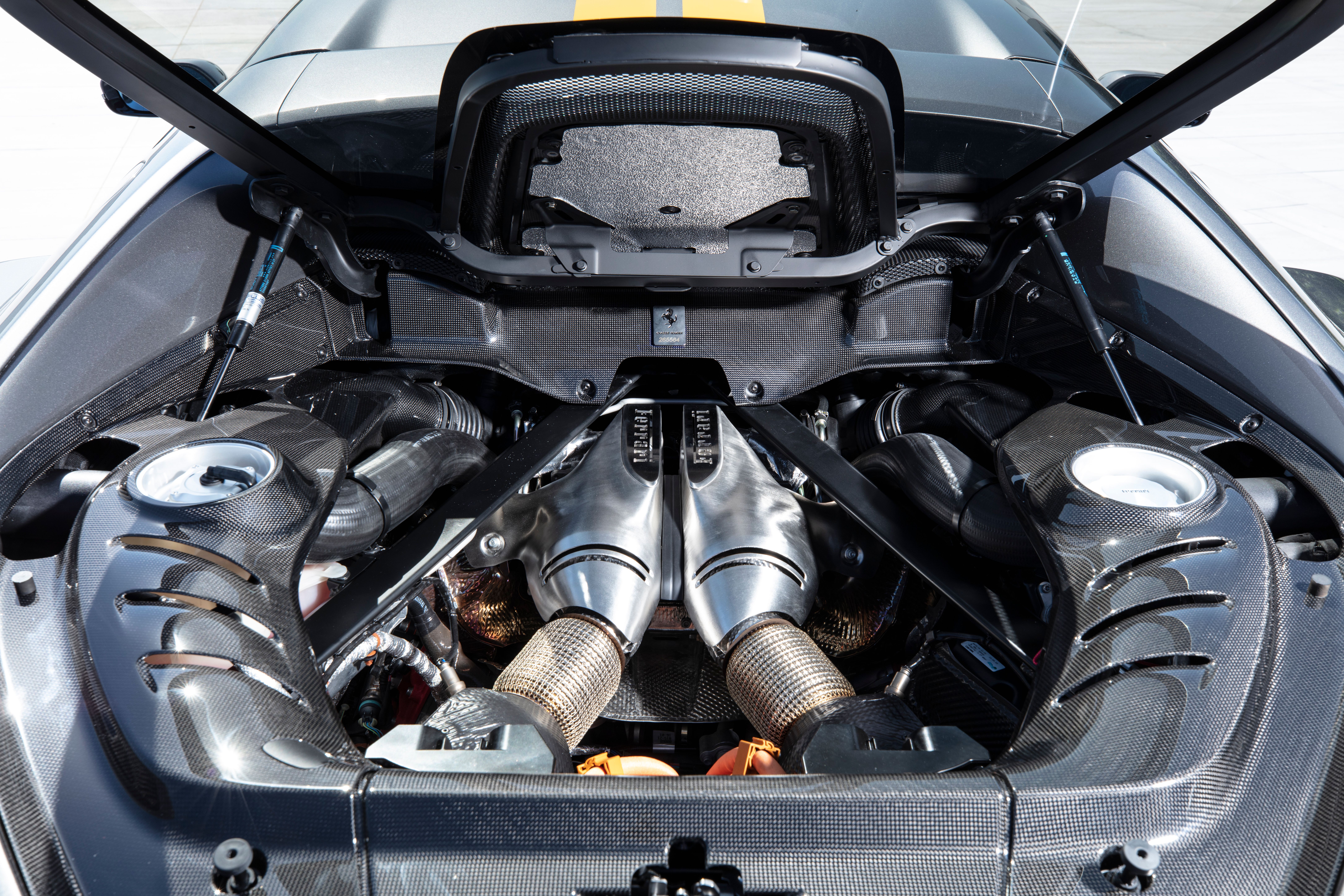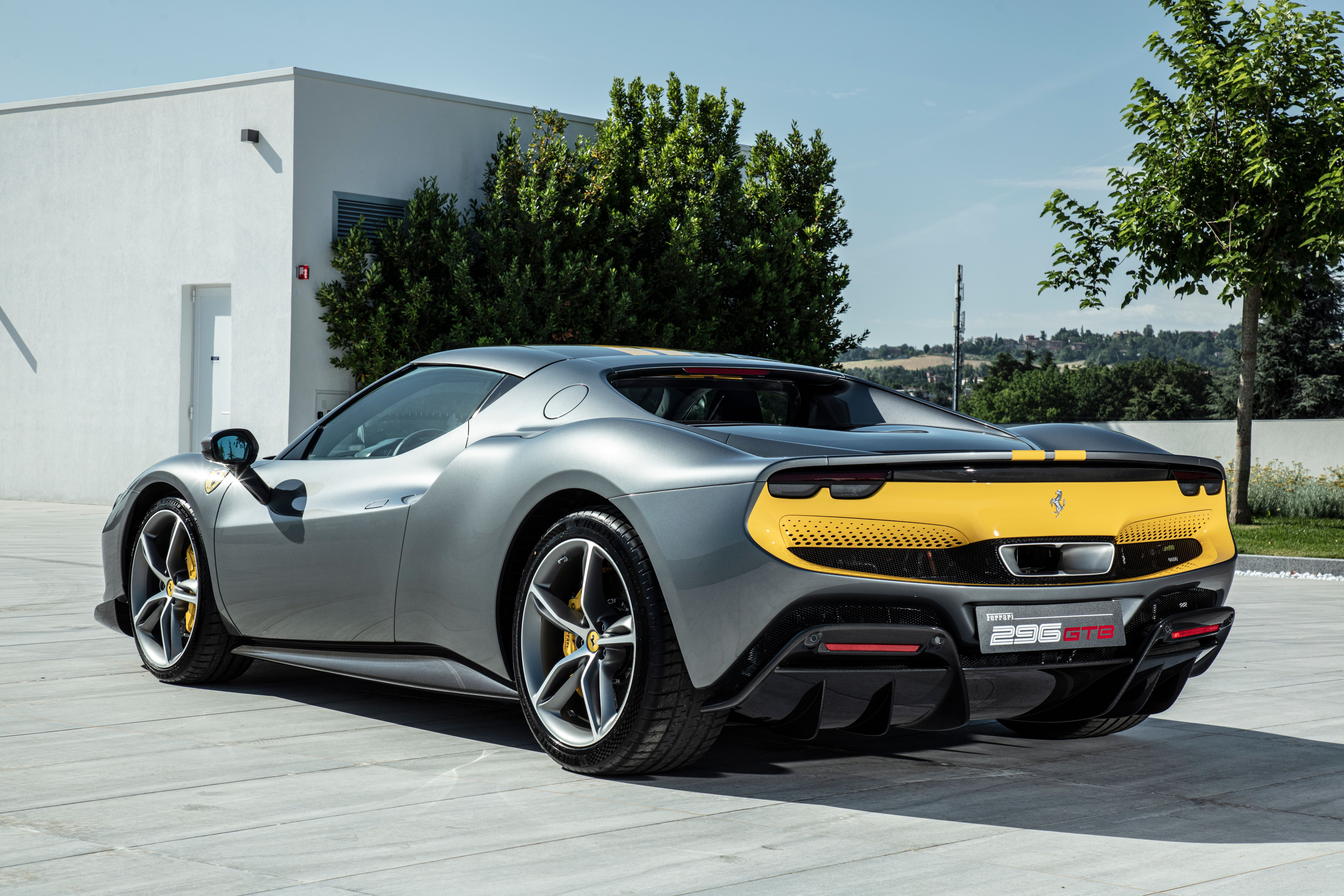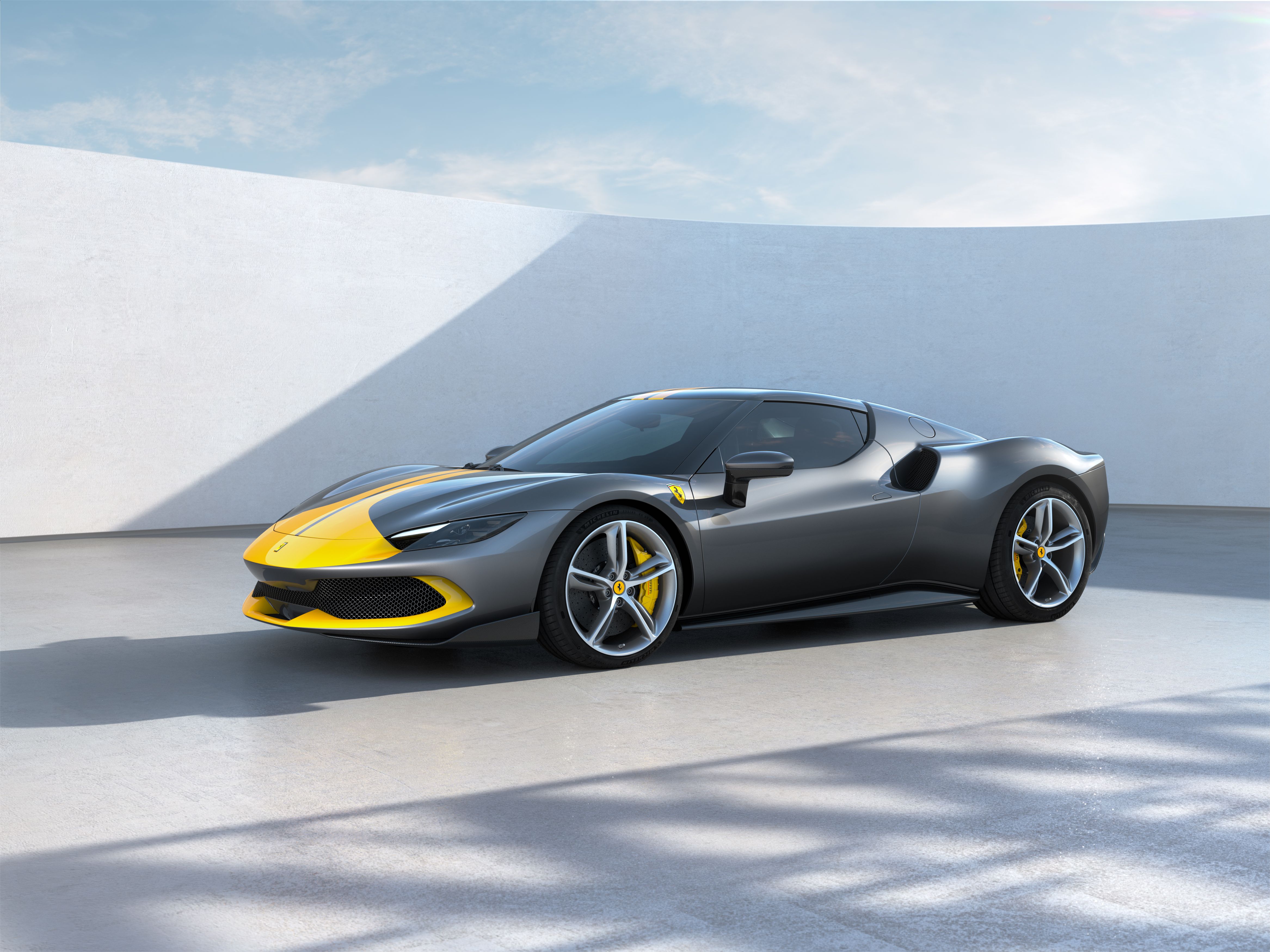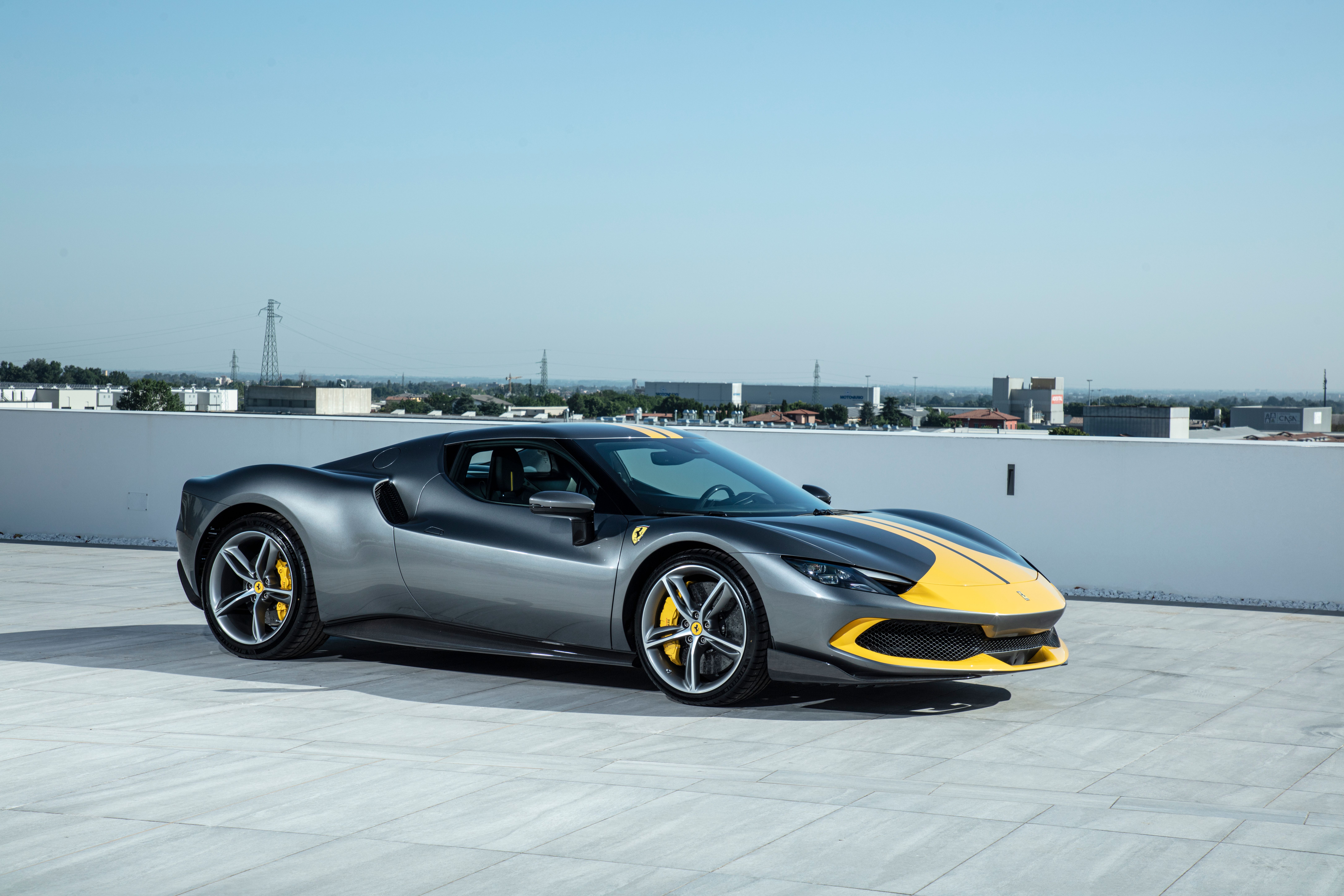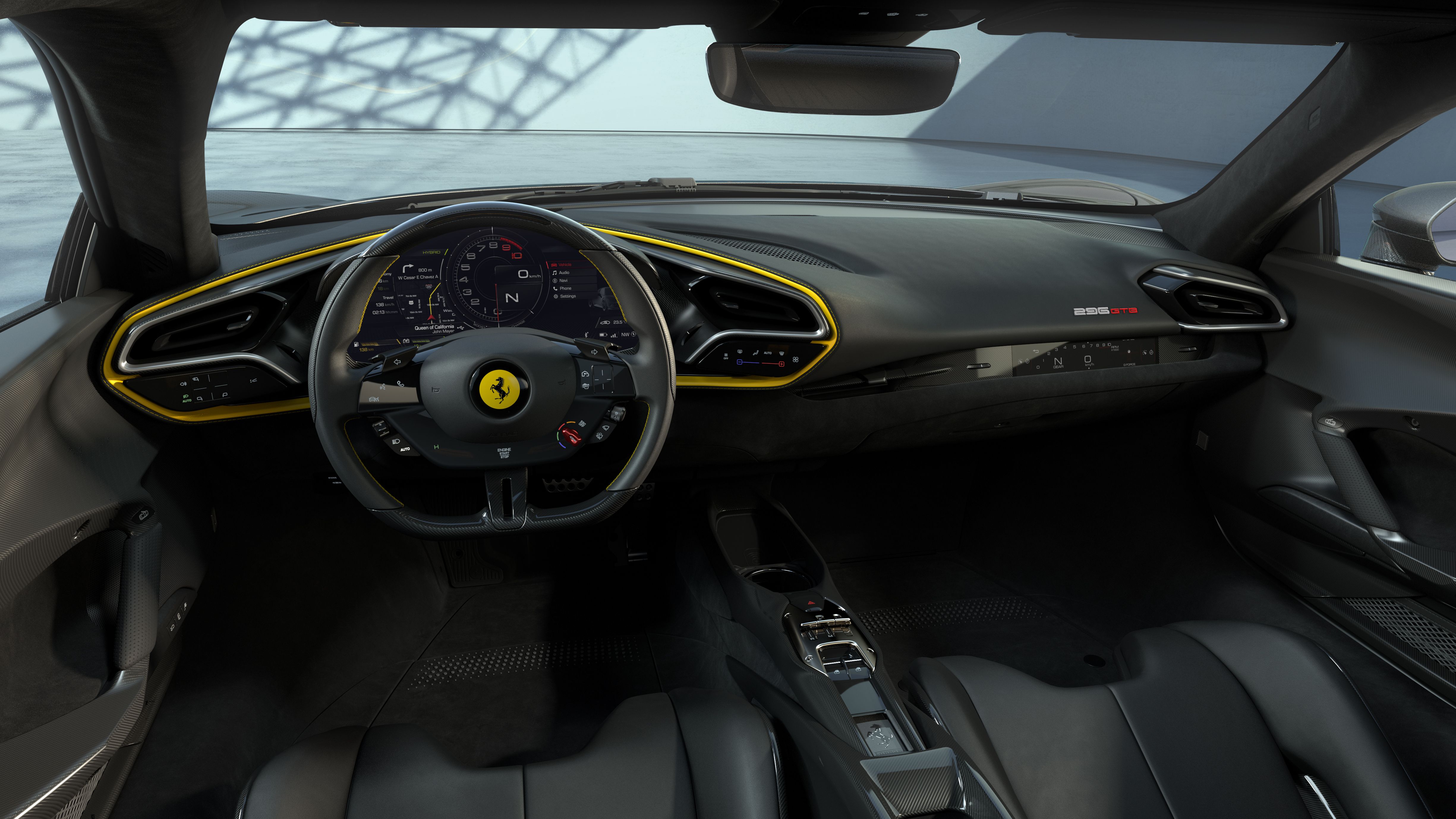The Ferrari 296 GTB is currently the latest and hottest car to come out of Maranello. The design of the car is an epic blend of Ferrari’s past and present, reinterpreting some elements from the 1963 Ferrari 250 LM. Although Ferrari’s latest mid-engine car looks stunning, the 296 GTB engine is also worthy of praise for its engineering solutions. It may have two cylinders less than what we're used to, but Ferrari promises that it more than makes up for it with clever engineering. Here are 10 interesting facts about the Ferrari 296 GTB’s V-6 engine.
It currently has the highest specific output of any engine
The Ferrari 296 GTB is powered by a hybrid powertrain consisting of two axial flux electric motors and a 2.9-liter twin-turbo V-6 for a combined power output of 819 horsepower (610 kilowatts) at 8,100 RPM and 546 pound-feet (740 Nm) at 6,100 RPM.
However, we will be focusing o
A new type of alloy is used for the engine
The structure of the engine is crucial for providing reliable performance. It needs to be robust, but also light, which is why a new type of alloy has been developed that is able to withstand maximum pressure without sacrificing lightness or reliability. The combustion chambers are actually borrowed from the SF90 Stradale but have been revised for a better inlet flow.
A 120-degree V-angle
Similar to what McLaren did with the Artura, Ferrari’s F163 engine features a wide V-angle of 120 degrees. This packaging of the V-6 has many pros and no real drawbacks. The wide V-angle means a much lower center of gravity. In addition, it leaves space for bigger turbochargers, which are mounted inside the “V”, closer to the exhaust manifolds. The wide angle also contributes to improved heat dissipation, practically eliminating the possibility of overheating.
Revised turbochargers spinning at 180,000 RPM
The Ferrari 296 GTB’s twin-turbo setup comes courtesy of IHI (Ishikawajima-Harima Heavy Industries). The Japanese company has a long history of providing “whoosh power” for the Prancing Horse, dating back to the 1984 Ferrari 288 GTO, which preceded the legendary Ferrari F40.
The twin IHI turbos found in the 296 GTB are not just taken from the F8 Tributo and SF90. They’ve been thoroughly revised and reconstructed with stronger materials. The twin-turbochargers can spin at a maximum speed of 180,000 RPM. The turbocharger wheel bearing diameter has been reduced by 5 percent, while the actual rotor – by 11 percent. According to Ferrari, this translates to 11 percent less weight and 24 percent better efficiency for the turbos.
High-pressure injectors
If you are aware of how the air-fuel mixture works, you would know that a high degree of turbulence and even fuel distribution in the mixture translate to more power and better efficiency.
Plastic intake manifold
The mention of plastic in a Ferrari sounds absurd, but there’s actually a good reason the 296 GTB's engine has a plastic intake manifold. Since the turbochargers are now located inside the engine’s V-angle, this means that the intake runners are now positioned on the outer side of the heads, thus eliminating the need for heavy and high-profile construction. The 296 GTB’s intake manifolds are made from light thermo-resistant plastic, as it is much lighter than what’s used in previous V-8 models.
Streamlined Inconel-made exhaust system
The mounting of the turbochargers on top of the engine – in the “hot V” - allows the exhaust system to be extremely simplified due to it featuring fewer curves and less piping. The free exhaust flow, in turn, increases efficiency and performance. The exhaust and catalytic convertor housings are made of the nickel-chrome alloy called Inconel, which further reduces weight. Speaking of which, despite the 296 GTB being a hybrid, it weighs just 77.2 pounds (35 kg) more than the F8 Tributo.
Electric help for the twin-turbo V-6
The 296 GTB is a hybrid so we have to mention the electric aspect of it. The F163, being the engineering feat that it is, is aided by an axial flux motor with dual rotors and a single stator, mounted between the V-6 engine and the gearbox. As mentioned, the setup provides a total output of 819 horsepower and 546 Nm). Power goes to the rear wheels only.
The electric motor draws energy from a 7.45 kWh battery, which allows for up to 15.5 miles (25 km) without using the internal combustion engine. This is allowed via a dedicated clutch – Transmission Manager Actuator – which can disconnect the electric motor from the V-6 when necessary.
A V-6 with a V-12 soundtrack?
A high-performance car needs to have the appropriate voice. It needs to be able to announce its arrival and give its driver (and everyone around) the shivers. Ferrari is yet to disappoint us on that front, but the transition to a V-6 layout had some of us slightly worried. Ferrari engineers assure us that we have no reason to fear, as the 296 GTB will have one of the most memorable Ferrari soundtracks.
They are so confident in their work that they’ve named the F163 engine “piccolo V-12” – the Little V-12. They promise that the wide V-angle, precise ignition, and equal-length headers enhance the frequencies of the engine, which according to engineers escalates gradually as the RPM’s climb. If any carmaker understands the importance of an epic engine note, it’s Ferrari, so we expect the 296 GTB to sound magnificent.
Last but not least – a lightning-quick gearbox
Just like the saying “A car is only as good as its driver”, we can say that an engine is only as good as the gearbox allows it to be. Luckily, the Ferrari 296 GTB’s magnificent V-6 is mated to a lightning-fast eight-speed double-clutch automatic, shared with the SF90, Portofino, and Roma models.} It also works with an electronically-controlled limited-slip differential, contributing to the insane performance figures. Speaking of which, 0 to 60 mph (97 km/h) happens in 2.8 seconds, 0 to 124 mph takes 7.3 seconds, and the top speed is 206 mph (330 km/h).


